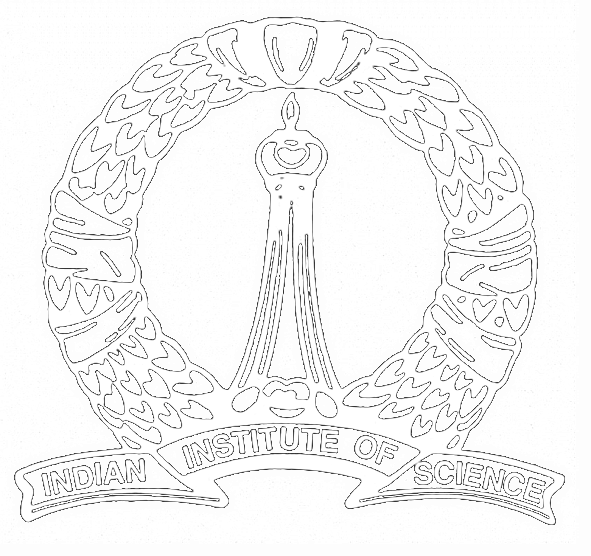PhD Thesis colloquium
Title: Holomorphic mappings and Kobayashi geometry of domains
Speaker: Annapurna Banik (IISc Mathematics)
Date: 24 May 2024
Time: 4 pm
Venue: LH-1, Mathematics Department
In this talk, we shall study certain aspects of the geometry of the Kobayashi (pseudo)distance and the Kobayashi (pseudo)metric for domains in $\mathbb{C}^n$. We will focus on the following themes: on the interaction between Kobayashi geometry and the extension of holomorphic mappings, and on certain negative-curvature-type properties of Kobayashi hyperbolic domains equipped with their Kobayashi distances.
In the initial part of this talk, we shall present a couple of results on local continuous extension of proper holomorphic mappings $F:D \to \Omega$, $D, \Omega \varsubsetneq \mathbb{C}^n$, making local assumptions on $bD$ and $b\Omega$. These results are motivated by a well-known work by Forstneric–Rosay. However, our results allow us to have much lower regularity, for the patches of $bD, b\Omega$ that are relevant, than in earlier results in the literature. Moreover, our assumptions allow $b\Omega$ to contain boundary points of infinite type.
We will also discuss another type of extension phenomenon for holomorphic mappings, namely, Picard-type extension theorems. Well-known works by Kobayashi, Kiernan, and Joseph–Kwack have showed that Picard-type extension results hold true when the target spaces of the relevant holomorphic mappings belong to a class of Kobayashi hyperbolic complex manifolds – viewed as complex submanifolds embedded in some ambient complex manifold – with certain analytical properties. Beyond some classical examples, identifying such a target manifold by its geometric properties is, in general, hard. Restricting to $\mathbb{C}^n$ as the ambient space, we provide some geometric conditions on $b\Omega$, for any unbounded domain $\Omega \varsubsetneq \mathbb{C}^n$, for a Picard-type extension to hold true for holomorphic mappings into $\Omega$. These conditions are suggested, in part, by an explicit lower bound for the Kobayashi metric of a certain class of bounded domains. We establish the latter estimates using the regularity theory for the complex Monge–Ampere equation. The notion that allows us to connect these estimates with Picard-type extension theorems is called “visibility”.
In the concluding part of this talk, we will explore the notion of visibility for its own sake. For a Kobayashi hyperbolic domain $\Omega \varsubsetneq \mathbb{C}^n$, $\Omega$ being a visibility domain is a notion of negative curvature of $\Omega$ as a metric space equipped with the Kobayashi distance $K_{\Omega}$ and encodes a specific way in which $(\Omega, K_{\Omega})$ resembles the Poincare disc model of the hyperbolic plane. The earliest examples of visibility domains, given by Bharali–Zimmer, are pseudoconvex. In fact, all examples of visibility domains in the literature are, or are conjectured to be, pseudoconvex. We show that there exist non-pseudoconvex visibility domains. We supplement this proof by a general method to construct a wide range of non-pseudoconvex, hence non-Kobayashi-complete, visibility domains.
- All seminars.
- Seminars for 2024
